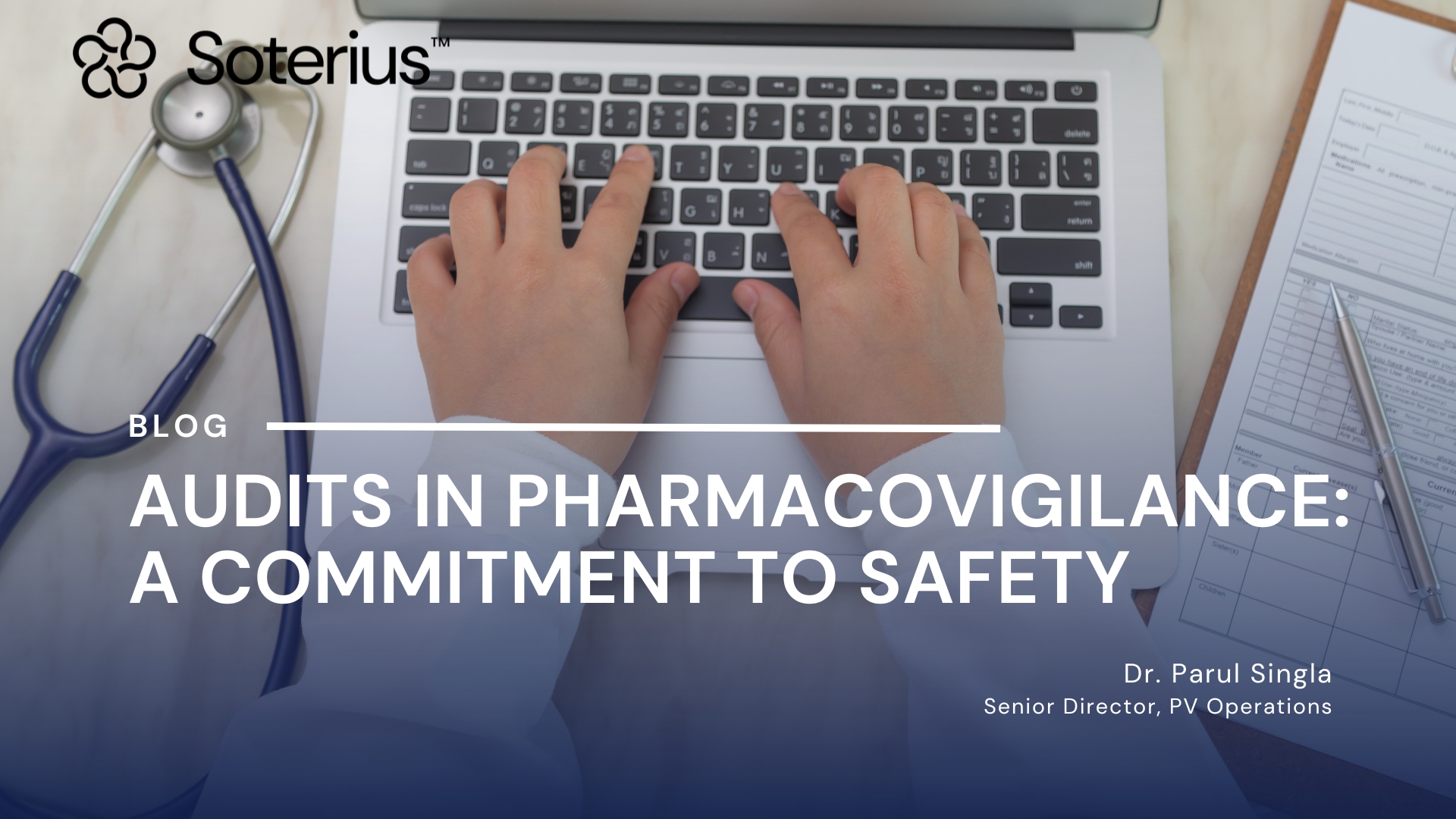
Audits in Pharmacovigilance: A commitment to Safety
In the realm of healthcare, ensuring patient safety is the most important aspect. That’s where pharmacovigilance plays a role in safeguarding lives by monitoring the safety of medicinal products. But how do license holders ensure that these systems are working perfectly well? The answer lies in audits. Audits are the safety checkpoints in the lifecycle of a drug. Audit’s serve as a critical process to assess, verify, and enhance the compliance and effectiveness of the pharmacovigilance processes, and that’s why they matter:
What are the common 483 Observations in recent USFDA inspections:
A fundamental issue in pharmacovigilance is that many cases concern suspected adverse drug reactions. In real-life situations, a very limited number of adverse reactions qualify as ‘certain’ or ‘unlikely’; most are usually in between, i.e., either ‘possible’ or ‘probable’. To address this issue, many methods have been developed to harmonize causality assessment. However, causality assessment has become a common routine activity in pharmacovigilance.
The advantages of causality assessment include the following:
- Written procedures have not been developed for the surveillance, receipt, evaluation and reporting to FDA
- of post marketing adverse drug experiences.
- A post marketing 15-day Alert report based upon scientific literature was not accompanied by a copy of the published article.
- Not all adverse drug experiences that are both serious and unexpected have been reported to FDA within
- 15 calendar days of initial receipt of the information.
- Periodic reports of non-alert adverse drug experiences have not been submitted.
- An NDA-Field Alert Report was not submitted within three working days of receipt of information.
What to expect from a PADE Inspection:
- Compliance with post marketing safety laws and regulations for human drugs and therapeutic biologics.
- Ensure that accurate, reliable, and timely safety data are submitted correctly to FDA.
Who are the responsible firms and what are the applicable regulations:
- Holders of approved new drug applications (NDAs) and abbreviated new drug applications (ANDAs) (21 CFR 314.80, 314.81(b)(2), 314.98, 314.540, and 314.630).
- Nonapplicant manufacturers, packers, or distributors named on the label of approved drug products (21 CFR 314.80, 314.98, 314.540, and 314.630).
- Any person holding a biologics license (21 CFR 600.80, 601.44, 601.93, 601.28, and 601.70).
What NDA/ANDA/BLA Holders shall do to be compliant:
| Surveillance | Receipt | Evaluation | Reporting |
|---|---|---|---|
|
|
|
|
-
Written Procedures
Develop written procedures for post marketing safety information, including procedures for managing safety information with contractors and business partners, as applicable. Written Procedures Must Address the following
-
Individual Case Safety Reports (ICSRs)
- Applicable Regulations: 21 CFR 314.80 (f), 21 CFR 314.600(f).
- Cases from all Sources (including business partners, social media etc.
- Timely submission of complete ICSR data.
- Follow-up procedure for missing information.
-
Scientific Literature Reports
- Applicable Regulations: 21 CFR 314.80(b), (c)(2), (d), and (f); 21 CFR 600.80(b), (c)(2), (d), and (f).
- Reviews scientific literature at a determined frequency.
- Submit a copy of the published article as an ICSR attachment for each expedited ICSR.
-
Aggregate Safety Reports
- Applicable Regulations: 21 CFR 314.80(c)(2) or 21 CFR 600.80(c)(2), 21 CFR 314.81.
- Contains all the required content and
- PADER, annual reports submitted quarterly/annually in electronic format as per the regulations.
-
Contractor Oversight
- Written procedures for obtaining and processing safety information from the contractors.
- Contractors develop written procedures for the outsourced services and activities.
- Day 0, as soon as the minimum information for a valid ICSR is received by the contractor or its representatives.
How does FDA classify its Inspection:
- No Action Indicated (NAI) – No objectionable conditions or practices were found during an inspection (or the objectionable conditions found do not justify further regulatory action).
- Voluntary Action Indicated (VAI) – Objectionable conditions or practices were found, but do not rise to the level warranting OAI classification.
- Official Action Indicated (OAI) – Objectionable conditions or practices were found, whose scope, severity, or pattern warrants the recommendation for a regulatory action.
References
- Postmarketing Adverse Drug Experience (PADE) Inspections Compliance Program for Human Drug and Therapeutic Biological Products; 10/18/2022
- https://www.fda.gov/inspections-compliance-enforcement-and-criminal-investigations/inspection-references/inspectional-observations-and-citations
About Soterius
Soterius is a strong team of pharma professionals who design customized, innovative, and cost-efficient processes for clinical safety, pharmacovigilance, and medical affairs. Our deep industry knowledge and up to date insights let us combine agile, people powered intelligence in pioneering customer centric solutions. Our innovative technology solutions include engagement tools and communications platforms to create a unified and compliant medical access facility. With a strong global presence, we provide comprehensive clinical and post marketed safety services, that include aggregate report writing, signal detection and management, global literature surveillance, risk management, case processing and regulatory reporting. We use state-of-the-art technologies to solve complex safety operations problems, be it case processing, intake, site reporting for clinical trials, or literature search and management. We have one of the most accurate solutions for case intake and case processing using AI.
We support companies from the initial development stage of a drug/vaccine to the approval and ultimate marketing of the therapy, supporting ongoing operations and regulatory commitments globally.
